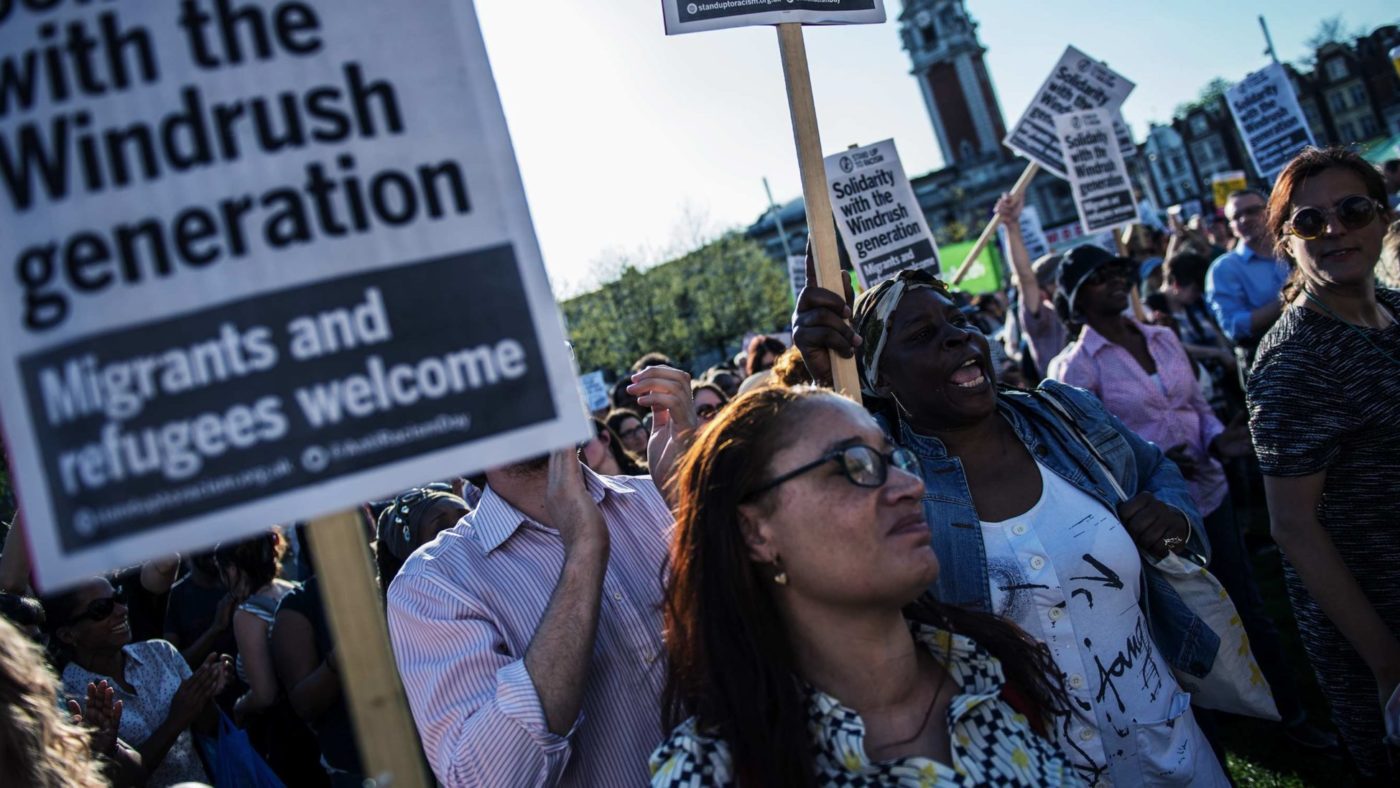Mention demographic change in present-day Britain and, for the most part, people will think of the substantial post-2004 immigration from Eastern Europe. But there is another trend, driven both by recent and historical non-European migration, that is more politically and electorally relevant than many realise.
Britain’s electoral system has meant that the voting behaviour of ethnic minorities has long been an important factor in diverse areas. But longer-term demographic changes have brought it into focus across the UK as a whole. Before we get into the numbers, there are a couple of points to make about the ethnic minority vote.
Firstly, it’s important to remember that ethnic minorities not homogenous. Different ethnic minorities behave differently, and there are often specific differences within races, for instance in religious beliefs or levels of integration. So while it may be necessary to treat the BAME vote as one crossbreak for statistical reasons, the limitations of doing so should be borne in mind when it comes to drawing conclusions.
Secondly, polling ethnic minorities accurately is technically very difficult. Most raw poll samples have too few BAME respondents. That on its own wouldn’t be a problem, because the ethnic minority subsample could simply be weighted up, as some pollsters do. The problem is that the respondents aren’t representative of their communities. There is often a bias towards better integrated individuals, and in many cases that can distort the results.
What we can say with confidence is that the BAME population is substantial and growing. Official figures show that about 12 per cent of adults living in the UK describe their ethnicity as something non-white (including mixed-race people), with estimates of the same proportion among eligible voters now edging above 10 per cent. Among under-18s, the percentage is over 20 per cent, so the direction of future travel is clear, as is the increasing importance of how non-white Britons vote.
It’s no secret that the Conservatives, like right-of-centre parties across the West, have never done well with BAME voters, while Labour has done very well. Many urban areas that were once competitive are now solidly red. Indeed, there are few Tory-held seats with a below-average white population. Analysis of the British Election Study – the most reliable data source available – suggests the Tories took just 18 per cent of the non-white vote in 2017, and 20 per cent in 2015.
Even after controlling for other demographic factors, such as the fact that ethnic minority voters tend to be younger, are less likely to be on higher incomes or be homeowners and more
likely to live in urban areas, there is still an ethnic minority “penalty” for the Conservatives and a “bonus” for Labour. These two effects combined are worth a net 23 percentage points
to Labour among BAME voters, compared to white voters in the same areas and age groups and with similar circumstances.
These sorts of numbers alarm Tory modernisers, but some of them are working hard on digging into the data. James Kanagarsooriam of thinktank Onward published analysis this week showing that among those who considered voting Conservative, white “considerers” were twice as likely ultimately to do so as ethnic minority “considerers”. But the Conservatives still have far too many non-considerers.
The same report suggests than this is far more of the Tories’ own making than due to tribal loyalty to Labour. The single biggest predictor of non-white voters saying they would never vote Conservative is the perception of the party’s hostility towards them. No doubt some of that will be historical. But the past can’t be changed, and many ethnic minority voters are too young to remember Enoch Powell or the Smethwick by-election campaign anyway.
By contrast, the Windrush row and the 2016 London Mayoral campaign have done real damage to the Conservatives, so those are the first places for them to look. Avoiding own-goals is necessary but not sufficient. Changing perceptions is a long-term project, not a quick fix. For example, research from Stephen Fisher at Oxford suggests that ethnic minority voters don’t become any likelier to vote for a party simply because they put up an ethnic minority candidate.
Of course, seeming less alien to your target voters inevitably has broader benefits, but it isn’t a silver bullet. Likewise, the other side of the coin is Labour’s success with BAME communities. Some on the right dismiss this as a consequence of Labour being seen as more pro-immigration, but attitudes to immigration only explain about a tenth of the ethnic minority effect outlined above. Indeed, in the latest BES, ethnic minority respondents were in fact likelier-than-not to think that immigration had been too high, albeit less likely than white respondents.
Labour’s success is most likely the result of decades of anti-racism, both in rhetoric and policy (including all the major race relations legislation). When problems have arisen, such as with Muslim communities following the Iraq War, the party was able to overcome them.
Given the present and future demographic trends, the significance of BAME effects is only going to increase. It is not an exaggeration to talk in terms of a ticking time bomb for the Conservatives. Expect to hear more and more about the ethnic minority vote in the next few years.


